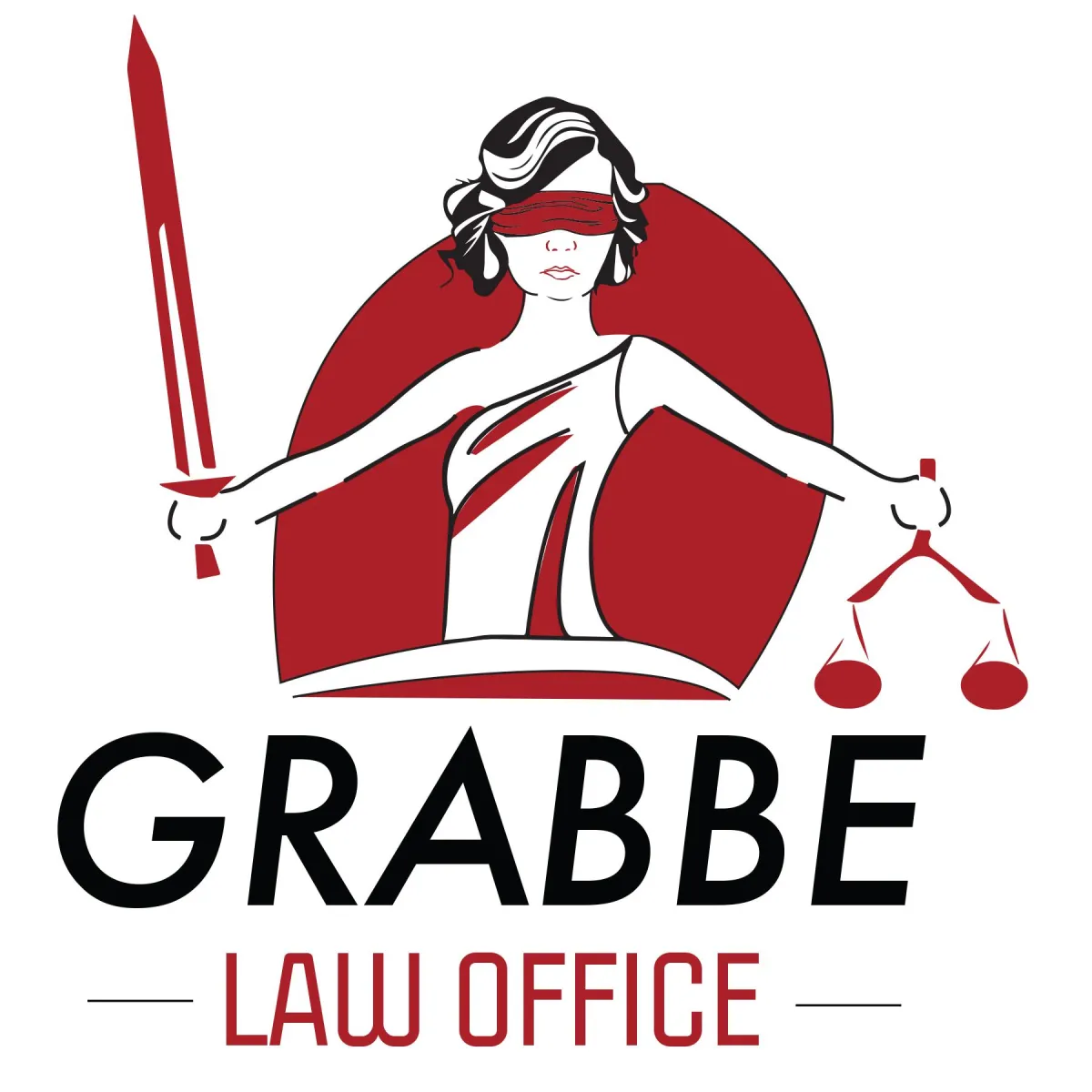Welcome to the Blog!

Pros & Cons: Principal Register Vs. Supplemental Register
Although the principal register is more well-known than its supplemental counterpart, entrepreneurs should at least gain a cursory understanding of the supplemental register. The supplemental register represents a potential backup plan if the United States Trademark and Patent Office (USPTO) denies an initial application. However, there are many factors worth considering when approaching the supplemental and principal registers. To discuss these pros and cons in greater detail, book a consultation with an experienced trademark lawyer at the Grabbe Law Office. Call 785-621-4711 today to get started.
How Does a Trademark End Up on the Supplemental Register?
When entrepreneurs approach the USPTO with initial applications, they usually attempt to register their trademarks on the principal register. During this process, the USPTO will consider the “spectrum of distinctiveness,” and a trademark may vary in strength from “generic” (very weak) to “fanciful” (very strong). The USPTO only registers strong varieties on the principal register, including fanciful, arbitrary, and suggestive trademarks. Conversely, the USPTO does not register generic trademarks on any register whatsoever and considers them unenforceable.
Fanciful, arbitrary, suggestive, and generic trademarks only represent four out of five total categories, however. “Merely descriptive” trademarks are also possible, and while weak, they are nonetheless stronger than their generic counterparts.
The inherent weakness of descriptive trademarks may disqualify them from the principal register, but they may still find a home on the supplemental register. The USPTO explains that the supplemental register is “a listing of non-mark designations,” like descriptive words, that have the potential to eventually achieve a degree of distinctiveness that would render them eligible for inclusion on the principal register. Amending an application for trademark registration to request the supplemental register can give a business owner whose application might otherwise be rejected entirely an opportunity to enjoy some limited protections for their branding, even if the safeguards are not as robust as those provided by acceptance on the principal register.
What Are the Disadvantages of the Supplemental Register?
The supplemental register lacks many of the protections associated with the principal register. With a trademark on the supplemental register, the owner may encounter time-consuming litigation and expensive legal fees when attempting to prove their ownership. They may also need to rely on common law trademark rights to fight against infringement in court. With registration on the supplemental register, the burden of proof lies with the trademark owner and not the defendant. Trademarks on the supplemental register are also easier to challenge. At any point in time, someone can challenge the legitimacy and enforceability of a trademark on the supplemental register.
Aside from legal issues, acceptance on the supplemental register may also be more procedurally difficult to obtain. Unless the applicant makes it clear that they are applying for registration on the supplemental register, the USPTO will assume that the application pertains to the principal register. In addition, the USPTO automatically rejects supplemental register applications if the trademark belongs on the principal register instead. Grabbe Law Office may be able to help entrepreneurs determine which register is most appropriate based on their specific circumstances. In addition, these trademark lawyers may be able to assist an entrepreneur in properly communicating the target register on their application to mitigate delays and rejections.
What Are the Benefits of the Supplemental Register?
After registering their trademarks on the supplemental register, entrepreneurs can use the registered trademark symbol. They can also prevent others from registering similar, confusing trademarks. Those interested in international trade may also find it easier to approach foreign trademark protection, especially via the Madrid Protocol. In addition, entrepreneurs gain the right to file trademark infringement lawsuits when appropriate – even if ownership can be challenging to establish in court.
Finally, a trademark on the supplemental register may eventually “graduate” to the principal register after becoming sufficiently distinctive through continued use in the market. A classic example is the word “Xerox,” which initially described a technical photocopy process. Over time, however, the word became both a verb and a distinguishing company name. In other words, the disadvantages associated with the supplemental register may not be permanent, and the trademark may eventually gain all benefits associated with the principal register.
What Are the Disadvantages of the Principal Register?
Registration with the principal register may require an entrepreneur to alter their trademark, making it less descriptive and more distinctive. This could be disadvantageous from a marketing standpoint. Some entrepreneurs plan to claim ownership of descriptive terms over time, thereby gaining a significant foothold on the market.
What Are the Benefits of the Principal Register?
The principal register offers more protections compared to the supplemental register. First, registration on the principal register represents “prima facie” evidence of ownership. Latin for “at first glance,” prima facie evidence establishes clear facts in court. A Certificate of Registration with the principal register allows the trademark holder to shift the burden of proof onto the defendant. There is no need to rely on common law trademark rights, and in this case, the defendant in an infringement lawsuit must justify their use of the registered trademark. This not only offers more protection to trademark holders, but it also has the strong potential to reduce legal fees. A business owner, or their trademark lawyers, can simply point to the Certificate of Registration to establish priority of ownership and assert exclusive rights, and this should not be an expensive legal process.
After five years, a trademark registered on the principal register gains even greater protection, and it may become very difficult to challenge. These factors highlight the benefits of pursuing the principal register if a successful application is at all feasible.
Before Submitting a Supplemental Register Request
While it might seem tempting to pursue the supplemental register as an option with a lower bar to clear in terms of distinctiveness, entrepreneurs may wish to consider all of their various options alongside qualified attorneys before addressing a denied trademark application. With help from these trademark lawyers, it may be possible to adjust the initial application before reattempting registration with the principal register. Speak with a trademark lawyer to determine whether the supplemental register makes sense to pursue.
Consult With an Experienced Trademark Lawyer
Business ideas are often as unique as their creators. Although an online article may provide a basic overview of the supplemental and principal registers, it cannot account for the specific features of each marketing strategy. In contrast, an experienced trademark lawyer may be able to offer customized, targeted guidance that is every bit as innovative as the underlying business idea. A consultation with the Grabbe Law Office provides opportunities to discuss various strategies – including those related to the supplemental register.








